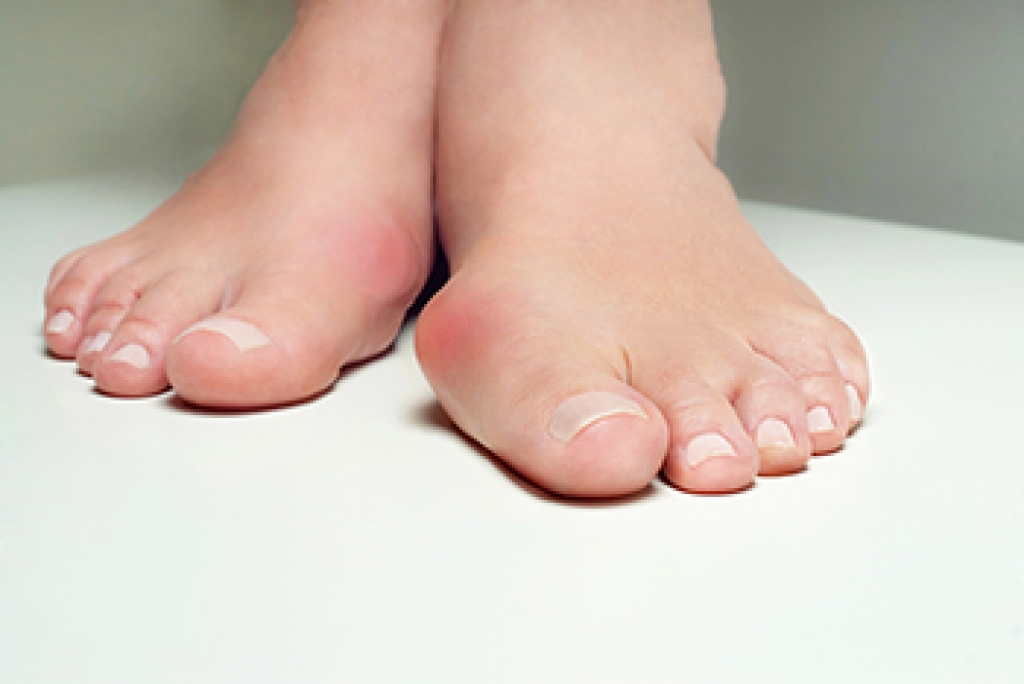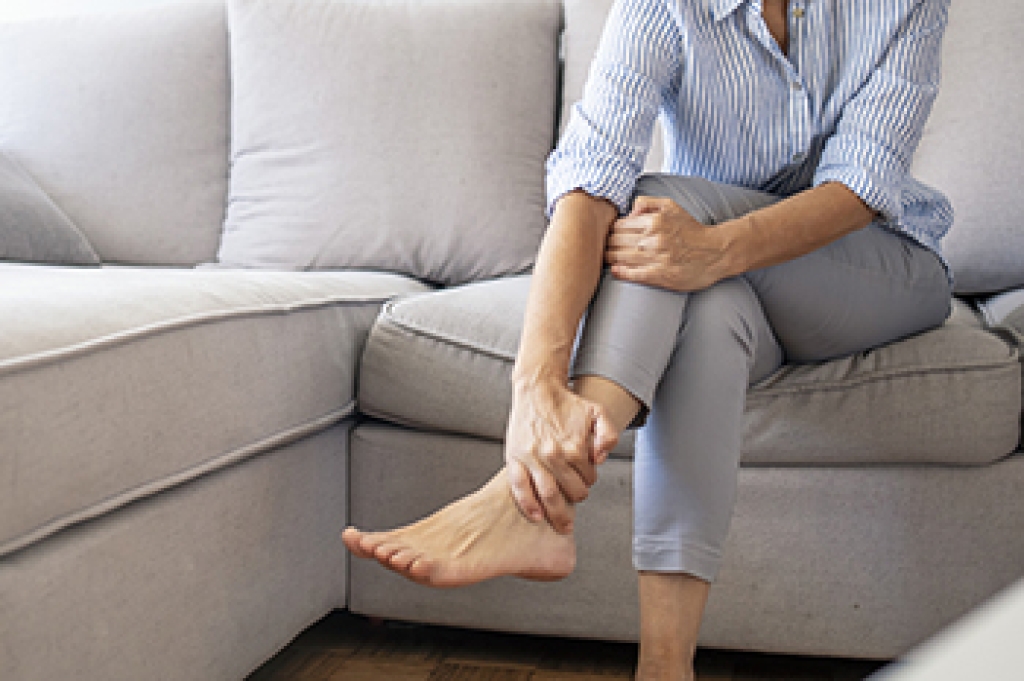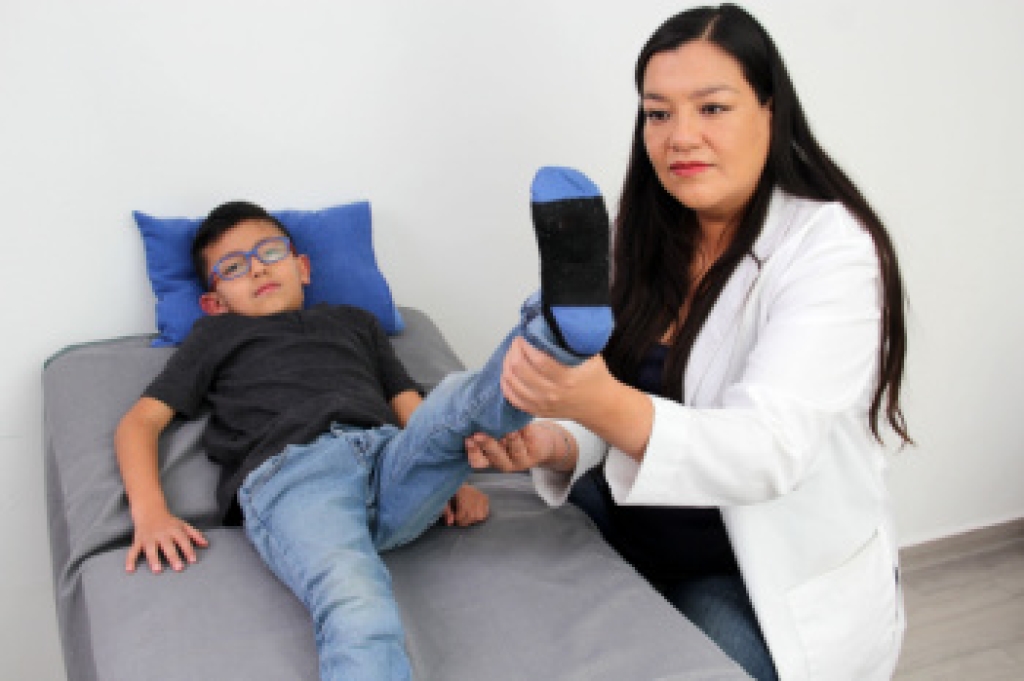
Bunions are deformities that develop at the base of the big toe, forming hard lumps on the sides of the feet. They occur when the big toe gradually shifts toward the other toes, causing the joint to push outward. This misalignment may result from inherited foot structure, poor footwear choices, or stress on the feet over time. Symptoms include swelling, redness, soreness, and difficulty wearing shoes comfortably. A podiatrist can evaluate the condition, provide pain relief strategies, recommend proper footwear, and discuss treatment options that may include custom orthotics or surgical correction. If you see a bump near your big toe or experience pain while walking, it is suggested that you seek podiatric care to restore comfort and function.
If you are suffering from bunion pain, contact Jordan Baker, DPM of Best Foot Forward Surgical Podiatry. Our doctor can provide the care you need to keep you pain-free and on your feet.
What Is a Bunion?
Bunions are painful bony bumps that usually develop on the inside of the foot at the joint of the big toe. As the deformity increases over time, it may become painful to walk and wear shoes. Women are more likely to exacerbate existing bunions since they often wear tight, narrow shoes that shift their toes together. Bunion pain can be relieved by wearing wider shoes with enough room for the toes.
Causes
- Genetics – some people inherit feet that are more prone to bunion development
- Inflammatory Conditions - rheumatoid arthritis and polio may cause bunion development
Symptoms
- Redness and inflammation
- Pain and tenderness
- Callus or corns on the bump
- Restricted motion in the big toe
In order to diagnose your bunion, your podiatrist may ask about your medical history, symptoms, and general health. Your doctor might also order an x-ray to take a closer look at your feet. Nonsurgical treatment options include orthotics, padding, icing, changes in footwear, and medication. If nonsurgical treatments don’t alleviate your bunion pain, surgery may be necessary.
If you have any questions, please feel free to contact our office located in Florence, SC . We offer the newest diagnostic and treatment technologies for all your foot care needs.




